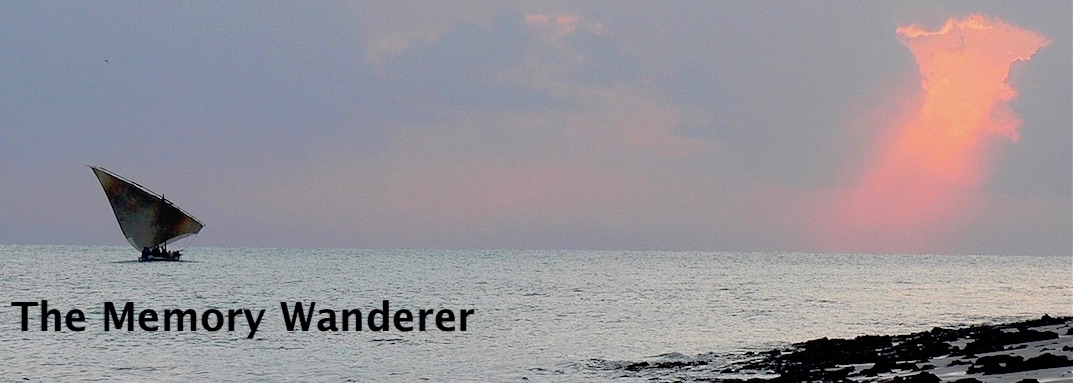The Hayletts come from the Norfolk coast, from the area between Happisburg (above) and Great Yarmouth. The earliest Haylett in our family tree, Robert Heylett, is recorded as dying in 1468 at Lessingham, a village just inland from Eccles. Many but not all were fishermen: callings such as ‘husbandman’, ‘yeoman’ and ‘blacksmith’ are mentioned. However, from the beginning of the 18th century, as our line of the family moved south to Winterton, Palling and, finally, Caister, the sea dominates. They were ‘mariner’, ‘fisherman’, ‘lifeboatman’ and, with Walter Haylett (1840-1920), my great-grandfather, ‘Drifter Owner’.

Even in summer, the Norfolk coast where the Hayletts lived is a bleak place. The beaches are wide and sandy, often backed by windblown dunes. The sea may seem placid on a warm day but turns wicked in stormy weather. Offshore, there are shifting sandbanks and tide races, and the southerly narrowing of the North Sea funnels wave and tide against the shore. Making a living from fishing is always dangerous. Life, in the days of our forebears, must have been terribly hard. It is not surprising, therefore, that the Norfolk men also exploited the disasters which overtook others. The Hayletts were beachmen, men who watched from lookout points on the dunes and cliffs and raced out to ships in distress. At worst, they pillaged them, ignoring those whose lives were in danger. Better, they asked payment for their help, or worked to help the castaways and salvage the wrecks. James Haylett, the famous lifeboatman, when asked if it was not true that Caister men profited from other people’s misfortunes, replied, “No, their mistakes.”

Later, public subscription funded local lifeboat companies, there being boats at both Yarmouth and Caister. From that time, the Hayletts were closely associated with the change in emphasis from wrecking to saving life at sea, and with the service created when these local efforts were brought together under the auspices of the RNLI. Photo shows the Caister lifeboat
Beauchamp at the time of her building in 1892
The Hayletts involved in the Caister lifeboat disaster of 13th November 1901 do not appear to be in our direct line of descent. Old James Haylett was 77 at the time, which means he was born in about 1824, so he was probably a cousin of our Walter Haylett, the drifter owner. What happened that night is fully described in many books, including ‘Saved from the Sea’ by Robert Malster. The Caister lifeboat was called out to a ship in distress on the Berber Sands. After over two hours of trying the
Beauchamp was launched into the vicious nor’nor’east gale, but was overturned in the surf and thrown back onto the beach, with the crew pinned beneath the capsized hull. James Haylett and his grandson, Frederick Haylett, heard the cries and managed to save three men, including another grandson, Walter Haylett, and James’ son-in-law, Charles Knights. At the inquest on the nine men who drowned, James Haylett was asked why, in such terrible conditions, the men had not given up the rescue and returned to shore. His reply is famous: “Caister men,” he declared, “never turn back.”
Picture of memorial courtesy Evelyn Simak


















































